Autumn is a great time of year to look around your local allotment find what you would like to grow the following year.
Deadheads and old flowers often contain hundreds of seeds and can be a really cost effective way to build up a collection of seeds and experiment with what you like and what you don’t like.
At the time of year, the plot is beginning to wind down and much of the time spent is used to collect dead leaves for leaf mould and keeping things alive during the winter.
Some of the deadheads you collect may already be dry, but if they’re not, you can easily dry them out on a shelf in the shed or greenhouse.
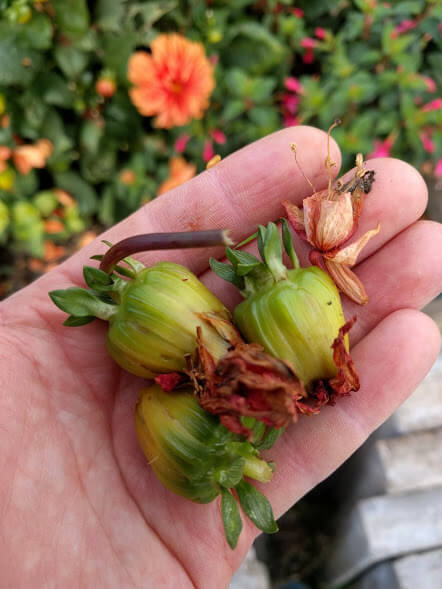
Dahlia seeds
Dahlia plants can be quite expensive (depending on where you buy them from) if you buy them from the shops. The fantastic thing I have found with Dahlias is that they can reproduce via two methods, these being by seed and by the bulb.
Years ago I grew Dahlias from seed with great results, they produced huge colourful blooms which is a great way to attract bees to your plot.
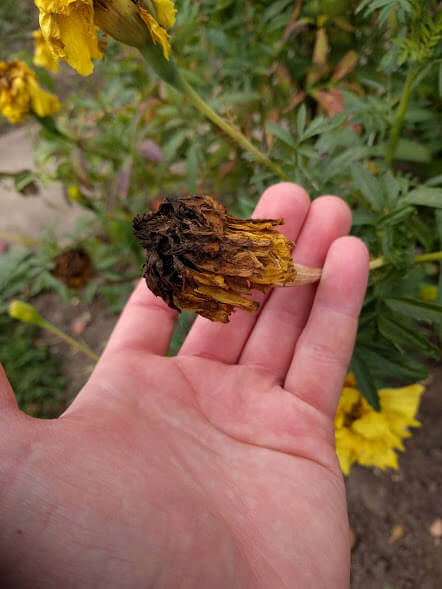
Marigold seeds
Probably the most abundant of all of the deadheads. Each dead flower will contain hundreds of seeds. Marigolds are a great plant to grow as they serve two purposes. They keep the blackfly at bay and attract bees to your plot.
They’re dead easy to grow and can be sown straight into the ground in the spring.
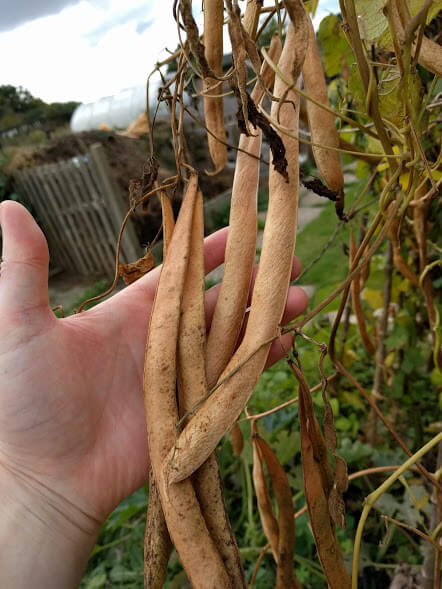
Runner Beans
After you purchase the first set of runner bean seeds from the shop, you won’t need to buy them again.
Towards the end of the season I deliberately left some runner bean pods to go boney. These pods eventually went to seed, which means that when the plant dies, the pods will dry out and these seeds inside the pods will be good to plant in pots.

Sunflower Seeds
Sunflowers always look impressive in the garden, and let’s be honest, when we grow them we always want them to be the biggest in all the land!
As you can see from the photograph, we’re not the only ones to have an interest in sunflower seeds, birds and squirrels like to raid the deadheads for food.
It’s been years since I’ve grown sunflowers so I’m hoping to give them another go next year.
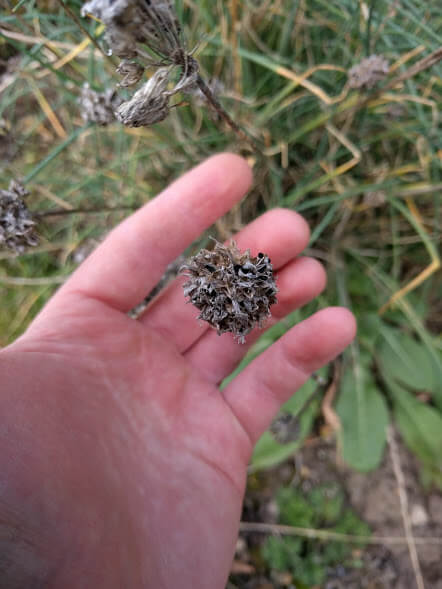
Chives
I absolutely love using chives in the kitchen, as a herb they can add a lovely aroma to the simplest of dishes. They’re also a great substitute for onions if you’re thinking of using an onion as a garnish.
Personally, I think chives work best with scrambled eggs.
The chive plan I have at the allotment will grow back next year, but I hope to grow them again in the kitchen as I believe chives work best when their fresh. Chive seeds a small, so when I grow them I will simply break the dead head up in a pot and cover with compost.
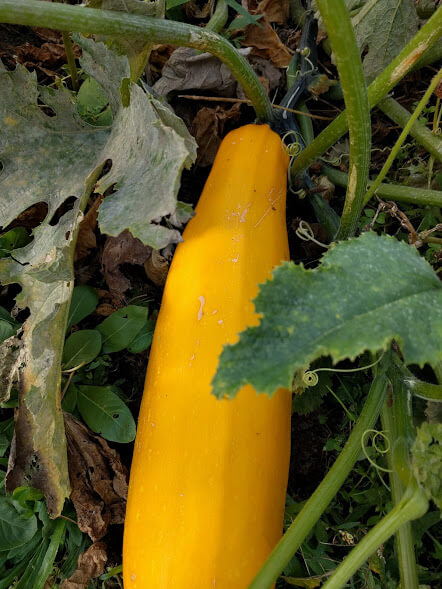
Courgette seeds
I’ve picked what’s left of the courgettes after letting them grow to a decent size. The plan is to store them in the shed and as and when I need to the seeds I shall scoop them out and let everything dry on a tray.
I’ve read that obtaining courgette seeds like this can be a bit hit and miss, but I’ll give this a go none the less.
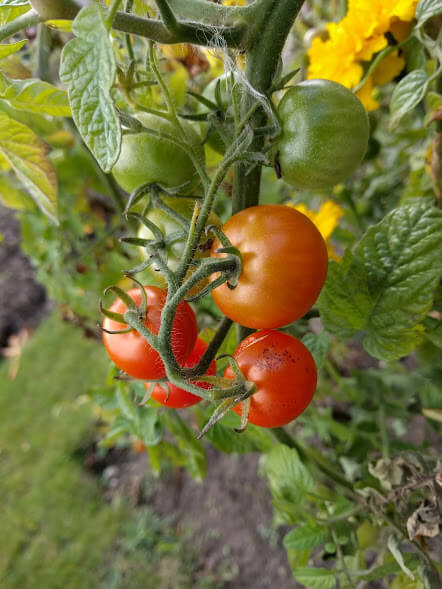
Tomato seeds
Just like the marigolds, tomatoes hold hundreds of seeds inside of them, but how to get to them? Well, I’ve heard that you can take the tomatoes, wrap them in foil and let them dry out. They’ll smell a bit as decomposition takes place – but this is normal.
However, like the amateur gardener that I am, I did Google “how to extract tomato seeds” and found that this is probably the most reliable method. This article from The Guardian details every little step you need to go through to extract seeds from a tomato – it’s a bit fiddly, but it looks like you can save money in the long run.


Leave a Reply